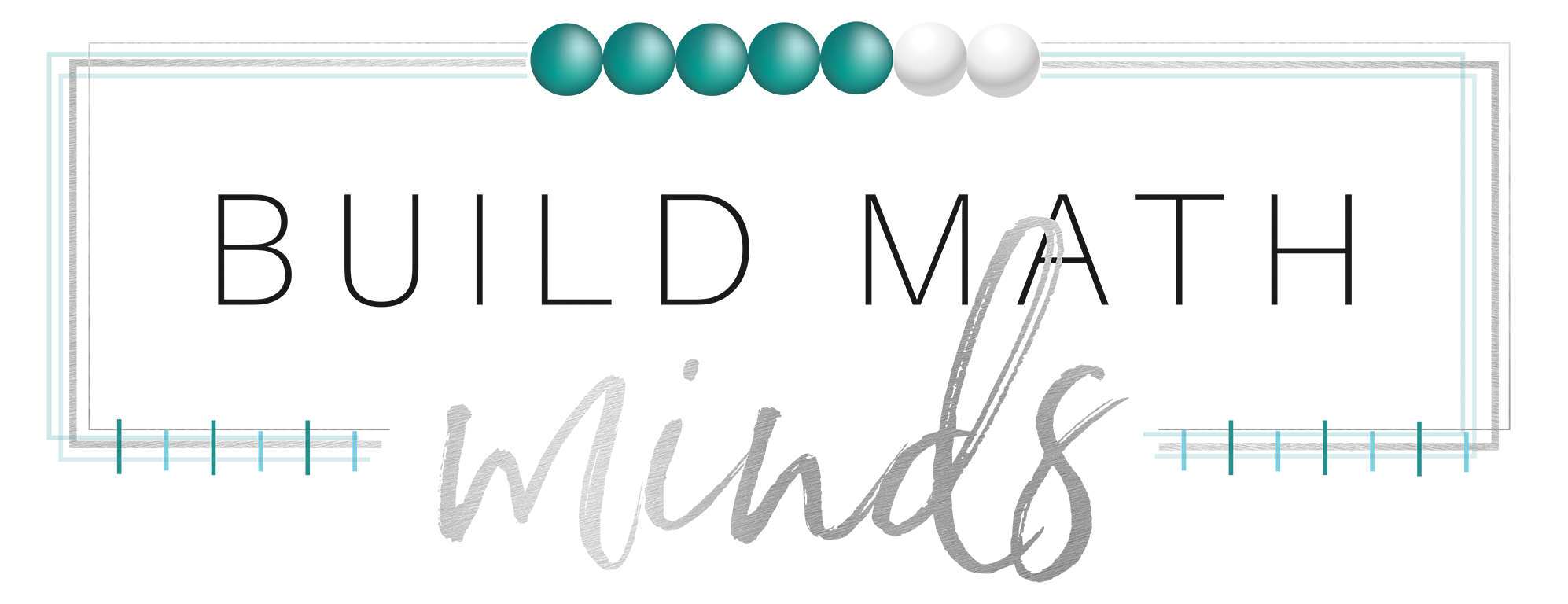There Is No Right Or Wrong Way To Use The Rekenrek
The only thing that I like to start out with is teaching kids to put “white on right”, so we can talk about the same colors and the colors aren’t getting in the way. So, I always start with white on right, and then we push beads to the left because our eyes read from left to right. Then we’re able to look at the beads that are in play, and the beads that are out of play. That’s the only real thing that I teach kids about what to do with their Rekenrek. After that, it’s up to them how they want to use it.
Start With A Story Problem
Don’t just give them a bare problem like 16-9. Put it into a context. For example, Christina had 16 balloons, she popped 8 of them, how many balloons does she have now? It is totally up to them how they use the rekenrek to solve the problem.
Let The Kids Solve It Anyway They Can
We want to first start by making sure that they have 16. Most often, you’re going to see kids who will show 16 like this.

It doesn’t mean they have to. You might have some kids who will show 16 as an 8 and 8. It’s up to them how they show their 16 to start with. Mainly, we want them to understand that they started with 16 in that problem.
Let’s just say that we’ve got kids who start like in the picture above. We might have some kids who say, I’m going to take these away, and that’s six, and she popped eight of them, so that’s seven, eight. I’m going to take that away, and then I can see that there’s eight left. So for some kids, their Rekenrek might look like this. Others, when it started like this, some kids will say something like, hmm, I could just come right up here and take all eight away in one fell swoop, and then I’m left with six and two, and that makes eight.
Both of those are viable strategies, it’s all about how the kids are making sense of it.
And that’s just two different strategies for this particular problem. Let’s say they started with 16 like this. If kids had set it up differently, maybe like this, they might take the eight all from the top.

Or they might not have it as 8 and 8, they might have it another way. So again, it’s up to the students how they want to model it. Nothing about this tool says they have to model it a certain way, it is up to the kids.
How You Write The Story Problem May Determine How They Solve The Problem
So in the example, I just gave you where I had 16 and then I’m taking away 8, that is a takeaway type of problem. But sometimes you might have problems like, “Christina has 8 balloons. Sierra has 5 balloons. How many more balloons does Christina have than Sierra?”
They might set that problem up differently. It’s still a subtraction problem, but it’s a problem where they’re comparing amounts instead of taking some away. You might have some kids who will set up 8 and 5 on the Rekenrek and look at the difference You might have some kids where they’ll work with a partner and they’ll show 8 and the other kid will show 5, and then they talk about what’s different and what they notice about the difference between them.
So again, it depends on how you write the story problem, and it depends on how the kids are visualizing it once they put it on the Rekenrek.
There’s not a specific way to teach subtraction using a Rekenrek, just give the kids a subtraction problem in context, and see what they come up with. I know that’s kind of scary, but it’s also very fun to see all the different ways that your students think about the problem. I hope that this vlog provided some more insight into how to use the Rekenrek, especially when it comes to subtraction. Have fun building those math minds out there.

 Welcome! I’m a Recovering Traditionalist elementary teacher and now, I help teachers and children learn to love math. Explore how I can help provide you PD at your fingertips! BuildMathMinds.com
Welcome! I’m a Recovering Traditionalist elementary teacher and now, I help teachers and children learn to love math. Explore how I can help provide you PD at your fingertips! BuildMathMinds.com